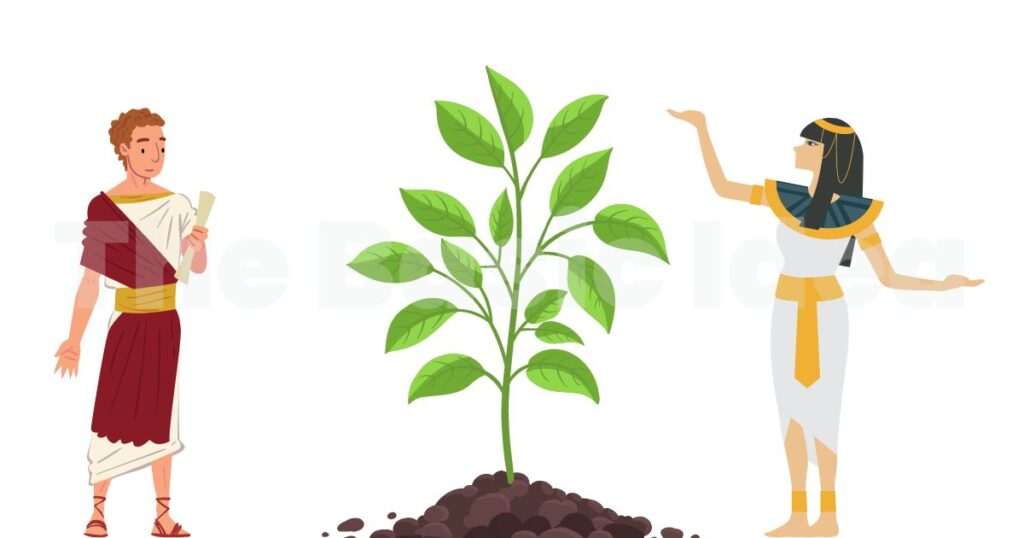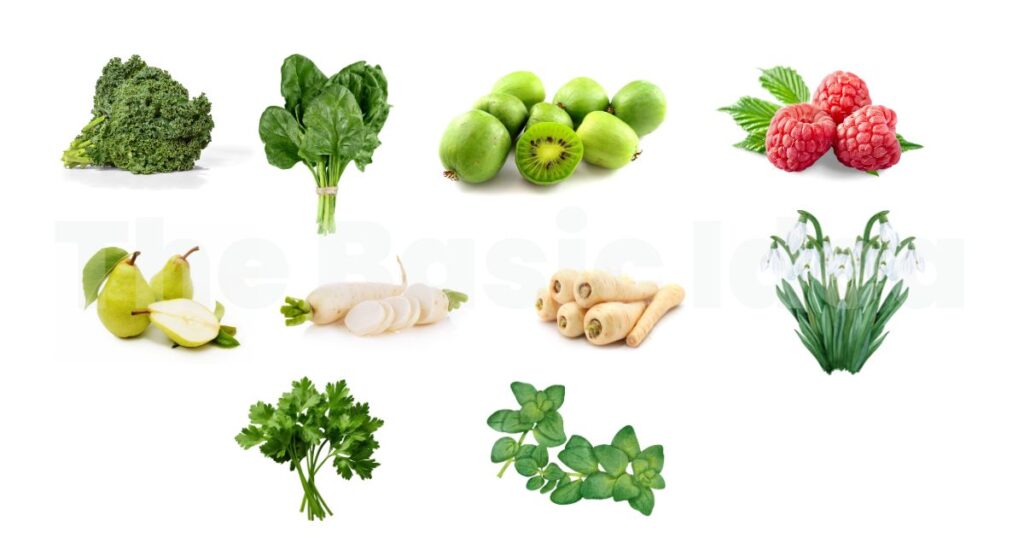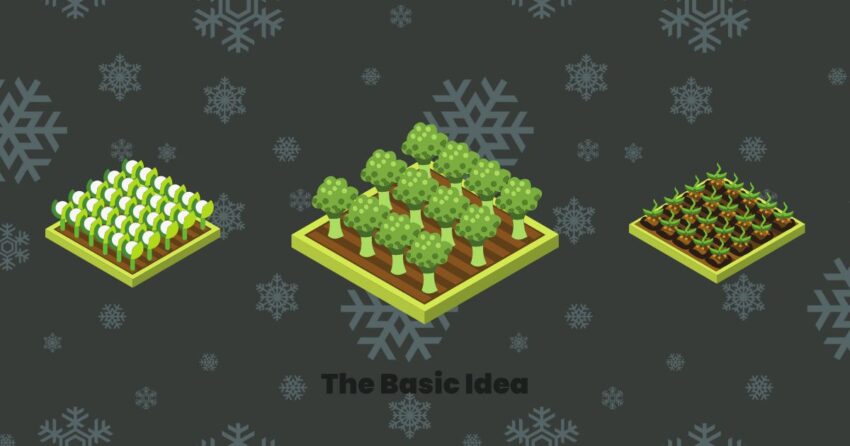With the onset of winter, work in most fields has to be done at a slower pace than before. It is widely believed that gardening will be affected more than other sectors due to climatic conditions. And this is mostly true. But that does not mean that gardening cannot be done in the winter. You can do gardening in the winter. But it should be done in accordance with the winter season. In winter, gardening plants that are resistant to cold weather should be grown. These are the types of plants adapted to the harsh climate in the winter season. By engaging in gardening even during the winter season, you will have the opportunity to consume fresh food throughout the year.
History of Winter Gardening
Winter gardening is a field with a long history. In the past, people living in civilizations such as the Romans and Egyptians discovered various ways to grow crops during the colder months. Many of these experiments have involved methods such as cold frames or greenhouses. Especially during the Middle Ages, some attention was paid to winter gardening techniques in Europe. The cultivation of plants in cloisters and walled gardens to provide food during the winter months is a hallmark of winter gardening during this period. The Renaissance period can be described as an era in which there was an awakening in all fields. So the Renaissance clearly influenced winter gardening. During the Renaissance, pest-resistant and exotic plants were introduced, and greenhouse techniques were developed.

Indeed, in the 19th and 20th centuries, modern indoor heating systems as well as artificial lighting played a major role in winter gardening. Due to the development of those technical methods, new avenues were opened in winter gardening by providing the opportunity to grow different types of plants even in winter. Today, winter gardening continues to advance, incorporating the blending of greenhouse technology, hydroponics, and vertical farming. Therefore, even in the coldest climate, humans have the opportunity to consume fresh produce.
Foods that can be grown in the Winter season
In terms of cultivation, some crops prefer cold climates, while others prefer warm or temperate climates. So those of you who are engaged in gardening in the winter season, and those who wish to engage in gardening in the winter season should be more careful in choosing the crops to grow. Because by choosing the wrong crops, you can suffer huge losses.
Here are some crops that you can use for Winter gardening,
- Kale: The edible green leaves of this plant are cold-hardy and an excellent choice for cold gardening.
- Spinach: Another advantage of being able to grow spinach as a permanent crop is that it is suitable for cold weather.
- Hardy Kiwi: Kiwi cultivars such as ‘Arctic Beauty’ and ‘Issai’ are fruits that can withstand cold temperatures and can be grown even in areas with snowfall.
- Raspberries: Some raspberry varieties, such as Boyne or Nova, can withstand cold temperatures and frost. Therefore, as a fruit, this can be used in winter gardens.
- Pears: Certain types of pears, like Bartlett and Bosc, can withstand cold weather temperatures and bear fruit even in winter, so winter gardening can also be done successfully with pears.
- Winter radishes, such as daikon radishes, that can be left in the ground over winter and ready to harvest later when the snow melts, make it a privileged crop in winter gardening
- Parsnips: Parsnips are a vegetable that is similar to carrots. It is a specialty of this vegetable that it can be kept during the winter season. But parsnips can’t handle too much cold. Therefore, it is fair to call parsnips a 50% potential crop in winter gardening.
- Snowdrops – Not only vegetables, and fruits but also flowers can be planted in gardening in winter. This can be called the most common type of flower when there is snow on the surface of the earth. Snowdrops add subtle elegance to your garden, even if not for the economic benefits.
- Parsley – Parsley is a herb that can withstand cold temperatures and even light frosts. It can be grown in small pots to large pots or in the ground. Parsley is a plant that prefers well-drained soil and partial shade.
- Oregano – Oregano is an easy-to-grow annual herb if given some protection from cold temperatures. This plant prefers a well-drained and sunny location in winter gardening

These are just a few examples of crops that can be grown in a winter garden, and many more plant species can be used in winter gardening.
Are there really any downsides to winter gardening?
In fact, it is more common to encounter difficulties in gardening in the cold weather than at other times of the year. The main problem is the weather condition and there are some of the most common problems that arise from it. They are as follows,
- Short days: Days are shorter in winter. Due to this, plants do not have enough sunlight for photosynthesis. Thus, when the sunlight is less in the winter season, the food production of the plants is not done properly and the yield is reduced. This Situation can be minimized by planting plants that require less sunlight in winter.
- Soil Compaction: Another problem that arises in cold weather is soil compaction. This soil compaction directly affects the spread of plant roots.
- Infectious conditions: Plants are prone to various infections and diseases during cold weather. You will surely have to face the same problem in the winter season.
- Water Management: Water management in winter gardening is quite challenging compared to what is done at other times of the year. The reason for this is that even if water management is done properly, we have to face unexpected snowfalls or the environment becoming unexpectedly dry.
- Higher Energy Costs: Providing heat or lighting for things like greenhouses or cold frames. Which can be used to mitigate many of the winter problems, but would be prohibitively expensive.
Never lose hope because of these things. Because every problem has a solution. Why do you lose hope in an age where the new society we live in is advancing day by day in terms of technology, science, and attitudes? Can we really reduce winter gardening problems? Is it really possible?
Let’s take a quick look at what solutions we can get for these drawbacks.
What are the solutions?
- Do not work with wet soil: Regularly working with wet soil will compact the soil even faster. It creates an unsuitable soil condition and also makes it difficult to use the equipment. So always avoid wet soil.
- Use cover crops: By growing cover crops, the topsoil can be naturally protected. In the same way, by planting leguminous crops, the nitrogen requirement for future crops is also obtained.
- Indoor gardening: In winter gardening, more attention can be paid to growing indoor plants. It is more appropriate to do this, especially near the windows where the sun shines. And if necessary, attention can be focused on providing the necessary light to the plants artificially.
- Greenhouse cultivation: Due to greenhouses, the short waves from the sunlight are not reflected back into long waves and stay inside the greenhouse. The warmth of those long waves provides the sunlight that plants need to grow.
- Using cold frames: These are like small greenhouses placed directly on the garden beds. This reflects the sunlight and provides some insulation, which facilitates the growth of cold-weather vegetables throughout the winter. Winter gardening can be quite challenging. But it is not impossible. In today’s technologically advanced society, It is no longer just an afterthought.
So it’s about the end of this article about how to grow your crops in the winter/cold weather season, and if you’re interested in our content and want to read our articles, please get in touch with us. we will provide the latest and most updated articles like this in The Basic Idea. See you in another interesting article.
